Home>Furniture & Design>Interior Design Trends>What Is Plate Glass
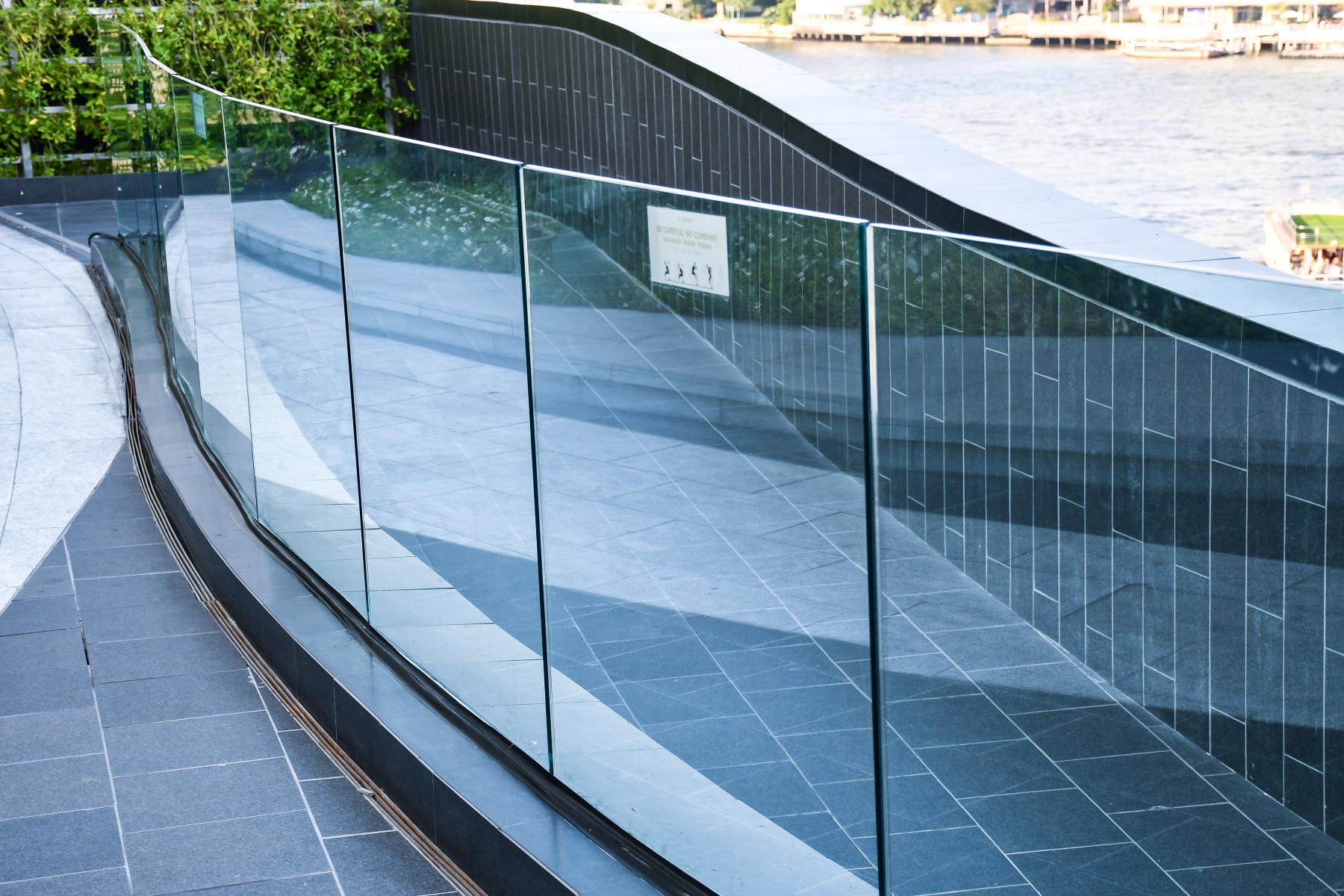

Interior Design Trends
What Is Plate Glass
Modified: February 18, 2024
Discover the latest interior design trends with plate glass, a versatile and stylish option for modern spaces. Learn how plate glass can elevate your interior design.
(Many of the links in this article redirect to a specific reviewed product. Your purchase of these products through affiliate links helps to generate commission for Storables.com, at no extra cost. Learn more)
Introduction
Plate glass, a versatile and enduring material, has been a staple in architecture and interior design for centuries. Its remarkable clarity and strength have made it a preferred choice for windows, mirrors, and various decorative elements. Understanding the origins, properties, and applications of plate glass is essential for appreciating its significance in the modern world. In this article, we will delve into the definition, history, manufacturing process, uses, and advantages and disadvantages of plate glass, shedding light on its enduring relevance in contemporary design and construction.
Key Takeaways:
- Plate glass, with its exceptional clarity and versatility, has been a foundational material in architecture and design for centuries, enhancing spaces with openness and luminosity.
- While plate glass offers advantages such as durability and aesthetic appeal, its weight, fragility, cost, and maintenance requirements require careful consideration in design and construction projects.
Read more: What Is A Dessert Plate?
Definition of Plate Glass
Plate glass, also known as flat glass or sheet glass, is a type of high-quality, clear glass that is manufactured in large, flat sheets. It is characterized by its uniform thickness and smooth, polished surfaces, distinguishing it from traditional handmade glass with its inherent imperfections. Plate glass is crafted through a meticulous manufacturing process, resulting in a pristine, distortion-free material that offers exceptional transparency and light transmission.
This type of glass is commonly utilized in architectural and interior design applications, serving as a fundamental component in the construction of windows, doors, skylights, and glass partitions. Its flawless clarity and uniformity make it an ideal choice for showcasing unobstructed views and allowing natural light to permeate interior spaces. Additionally, plate glass is often employed in the creation of mirrors, furniture, and decorative elements, contributing to the aesthetic appeal of residential and commercial environments.
The defining characteristic of plate glass lies in its consistent thickness, which sets it apart from other types of glass. Unlike float glass, which is produced by floating molten glass on a bed of molten tin to achieve a uniform surface, plate glass is ground and polished to achieve its desired smoothness and evenness. This meticulous process results in a pristine, distortion-free material that offers exceptional transparency and light transmission.
Plate glass is available in various thicknesses, ranging from thin sheets suitable for picture frames and decorative accents to thicker panels designed for structural applications. Its versatility and durability make it a preferred choice for architects, interior designers, and homeowners seeking to incorporate transparent, light-enhancing elements into their spaces.
In summary, plate glass is a high-quality, uniformly thick glass renowned for its exceptional clarity and versatility. Its applications in architecture, interior design, and decorative arts underscore its enduring relevance as a foundational material in contemporary construction and aesthetic expression.
History of Plate Glass
The history of plate glass is a testament to the evolution of glassmaking techniques and the enduring appeal of transparent, light-enhancing materials in architecture and design. The origins of plate glass can be traced back to the late 17th century, when the process of casting large, flat sheets of glass revolutionized the construction and aesthetic possibilities of the built environment.
In the early days of plate glass production, artisans faced significant challenges in creating sizable, flawless sheets of glass. Traditional methods of glassmaking relied on labor-intensive techniques, resulting in small, irregular panes with noticeable imperfections. However, the demand for larger, clearer glass panels persisted, driving innovation in the field of glass manufacturing.
The breakthrough in the production of plate glass came in the 19th century with the invention of the cylinder method by the French chemist Émile Fourcault. This revolutionary technique involved drawing molten glass vertically from a furnace, allowing it to solidify into a continuous cylinder. The cylinder was then split lengthwise, reheated, and flattened, yielding large, pristine sheets of glass with minimal distortion.
The introduction of the float glass process in the mid-20th century further refined the production of plate glass, enabling the creation of exceptionally smooth, uniform sheets on a larger scale. This method involved floating molten glass on a bed of molten tin, resulting in pristine surfaces with minimal optical distortion. These advancements propelled plate glass into the forefront of architectural and interior design, facilitating the construction of expansive windows, sleek façades, and innovative structural elements.
Throughout history, plate glass has played a pivotal role in shaping the aesthetics and functionality of built environments. Its ability to transmit light, create visual connections, and enhance spatial experiences has made it a cherished material in architectural landmarks, residential dwellings, and commercial spaces. The evolution of plate glass production reflects the enduring pursuit of transparency, luminosity, and visual harmony in design, underscoring its timeless relevance in contemporary architecture and interior design.
In summary, the history of plate glass is a narrative of ingenuity, perseverance, and technological advancement, culminating in the widespread use of this remarkable material in modern construction and design. Its journey from artisanal craftsmanship to precision manufacturing exemplifies the enduring allure of transparent, light-infused spaces and the enduring legacy of plate glass in shaping the built environment.
Manufacturing Process of Plate Glass
The manufacturing process of plate glass is a meticulously orchestrated sequence of steps that transforms raw materials into pristine, high-quality sheets of glass. This intricate process begins with the careful selection and preparation of the primary components: silica sand, soda ash, limestone, and other additives. These materials are meticulously measured and mixed to form a homogeneous batch, ensuring the precise chemical composition necessary for producing glass of exceptional clarity and strength.
Once the batch is prepared, it undergoes a high-temperature fusion in a furnace, where it is heated to a molten state. This molten glass is then carefully poured onto a bed of molten tin, a process known as the float glass method. As the glass spreads across the tin surface, it forms a continuous ribbon, gradually solidifying into a pristine sheet with a remarkably smooth and uniform surface.
Following the float glass stage, the newly formed glass sheet undergoes a meticulous annealing process to relieve internal stresses and enhance its structural integrity. This controlled cooling process is essential for minimizing potential distortions and ensuring the glass's stability and durability.
Subsequently, the glass sheet is subjected to precision cutting and grinding to achieve the desired dimensions and surface smoothness. This stage involves the use of advanced machinery and abrasive materials to refine the glass's edges and surfaces, resulting in flawless, distortion-free panels ready for a myriad of architectural and design applications.
The final step in the manufacturing process involves rigorous quality control measures to assess the glass's optical clarity, thickness uniformity, and overall integrity. Each sheet is meticulously inspected to ensure it meets stringent standards for transparency, strength, and dimensional accuracy, guaranteeing that only the highest-quality plate glass reaches the market.
In summary, the manufacturing process of plate glass is a testament to precision engineering and meticulous craftsmanship, culminating in the creation of a material renowned for its exceptional clarity, uniformity, and durability. From the careful fusion of raw materials to the rigorous quality control measures, every stage of production is dedicated to producing glass of uncompromising quality, making plate glass an indispensable element in contemporary architecture and design.
Uses of Plate Glass
Plate glass finds a myriad of applications in architecture, interior design, and decorative arts, owing to its exceptional clarity, versatility, and durability. Its seamless integration into various structural and aesthetic elements has solidified its status as a fundamental material in contemporary construction and design.
Read more: What Are Charger Plates?
Architectural Glazing
Plate glass serves as a cornerstone in architectural glazing, where it is employed in the creation of expansive windows, sleek façades, and transparent partitions. Its ability to transmit natural light while providing unobstructed views makes it an ideal choice for enhancing spatial experiences and fostering visual connections with the surrounding environment. Whether used in residential dwellings, commercial buildings, or cultural institutions, plate glass elevates architectural compositions by infusing interiors with luminosity and openness.
Interior Design Elements
In interior design, plate glass is utilized to craft elegant mirrors, glass tabletops, and decorative partitions, adding a touch of sophistication and visual depth to interior spaces. Its reflective properties create the illusion of expanded space, making it a valuable asset in small or dimly lit environments. Additionally, plate glass is employed in the construction of glass staircases, balustrades, and shelving, contributing to a modern, airy aesthetic while ensuring structural integrity and safety.
Furniture and Decorative Arts
The application of plate glass extends to the realm of furniture and decorative arts, where it is used to create sleek, contemporary pieces such as glass-topped tables, display cabinets, and shelving units. Its transparent quality allows for the unobstructed display of decorative objects and collectibles, adding a layer of sophistication and visual intrigue to interior settings. Furthermore, plate glass is utilized in the crafting of ornate glass panels for doors, cabinets, and room dividers, infusing spaces with an element of timeless elegance and refinement.
Structural Installations
Beyond its decorative and aesthetic uses, plate glass is employed in structural installations such as glass canopies, skylights, and glass flooring. Its exceptional strength and durability enable the creation of striking architectural features that seamlessly blend transparency with functionality. Whether used to shelter outdoor spaces, introduce natural light into interiors, or create dramatic visual effects, plate glass contributes to the innovative and dynamic expression of modern architecture.
In summary, the diverse applications of plate glass underscore its indispensable role in shaping contemporary architectural and interior environments. From enhancing spatial luminosity to facilitating visual connections and structural innovation, plate glass continues to inspire and elevate the built environment, reaffirming its enduring relevance in design and construction.
Read more: What Are Plates In Construction
Advantages and Disadvantages of Plate Glass
Plate glass offers a host of advantages that contribute to its widespread use in architecture, interior design, and decorative applications. However, it also presents certain limitations that warrant consideration in various contexts.
Advantages
-
Exceptional Clarity: Plate glass is renowned for its unparalleled transparency, allowing for the unobstructed passage of natural light and unimpeded views of the surrounding environment. This quality creates a sense of openness and luminosity within interior spaces, enhancing visual connections and fostering a welcoming ambiance.
-
Versatility: The versatility of plate glass is evident in its ability to be utilized in a diverse range of applications, from architectural glazing and interior partitions to furniture and decorative elements. Its adaptability to various design schemes and structural requirements makes it a valuable asset in contemporary design practices.
-
Durability: Plate glass exhibits remarkable durability and resistance to environmental factors, making it suitable for both interior and exterior installations. Its robustness ensures long-term performance, making it a reliable choice for architectural elements that require enduring strength and stability.
-
Aesthetic Appeal: The sleek, polished surfaces of plate glass contribute to its aesthetic appeal, adding a touch of modern elegance to architectural compositions and interior settings. Its reflective properties and ability to create visual depth make it a favored material for enhancing the visual impact of design elements.
-
Structural Integrity: When used in structural applications, plate glass offers structural integrity and safety, meeting stringent standards for load-bearing capacity and impact resistance. This quality enables its incorporation into innovative architectural features such as glass canopies, skylights, and balustrades.
Disadvantages
-
Weight: The substantial weight of plate glass can pose logistical challenges during installation and transportation. Handling large, thick panels requires specialized equipment and careful planning to ensure safe and efficient placement, particularly in architectural projects that demand extensive glazing.
-
Fragility: Despite its durability, plate glass remains susceptible to breakage upon significant impact or stress. This characteristic necessitates careful consideration of its placement and use in high-traffic areas or environments where the risk of accidental damage is heightened.
-
Cost: The production and processing of plate glass entail meticulous craftsmanship and advanced technology, resulting in a higher cost compared to other types of glass. This factor may impact budget considerations for architectural and design projects, prompting the exploration of alternative materials.
-
Maintenance: Maintaining the pristine appearance of plate glass requires regular cleaning and upkeep to preserve its transparency and visual appeal. The susceptibility to fingerprints, smudges, and dust necessitates ongoing maintenance efforts, particularly in high-traffic areas and exposed exterior installations.
In summary, the advantages of plate glass, including its exceptional clarity, versatility, durability, aesthetic appeal, and structural integrity, position it as a favored material in contemporary design. However, considerations regarding its weight, fragility, cost, and maintenance requirements underscore the need for informed decision-making when incorporating plate glass into architectural and design endeavors.
Conclusion
In conclusion, plate glass stands as a testament to the enduring legacy of transparent, light-enhancing materials in architecture and design. Its exceptional clarity, versatility, and durability have solidified its position as a foundational element in contemporary construction and aesthetic expression. From its origins in the meticulous craftsmanship of artisanal glassmakers to the precision engineering of modern manufacturing processes, plate glass has continually evolved to meet the evolving demands of architectural innovation and interior design.
The history of plate glass reflects a narrative of ingenuity and perseverance, culminating in the widespread use of this remarkable material in modern construction and design. The advancements in glassmaking techniques, from the cylinder method to the float glass process, have propelled plate glass into the forefront of architectural and interior design, enabling the creation of expansive windows, sleek façades, and innovative structural elements.
The manufacturing process of plate glass exemplifies precision engineering and meticulous craftsmanship, resulting in a material renowned for its exceptional clarity, uniformity, and durability. Every stage of production, from the fusion of raw materials to the rigorous quality control measures, is dedicated to producing glass of uncompromising quality, making plate glass an indispensable element in contemporary architecture and design.
The diverse applications of plate glass underscore its indispensable role in shaping contemporary architectural and interior environments. Whether enhancing spatial luminosity, fostering visual connections, or facilitating structural innovation, plate glass continues to inspire and elevate the built environment, reaffirming its enduring relevance in design and construction.
While plate glass offers a host of advantages, including exceptional clarity, versatility, durability, aesthetic appeal, and structural integrity, considerations regarding its weight, fragility, cost, and maintenance requirements underscore the need for informed decision-making when incorporating plate glass into architectural and design endeavors.
In essence, plate glass remains a symbol of transparency, luminosity, and visual harmony in design, enriching architectural compositions and interior settings with its timeless elegance and modern sophistication. Its enduring relevance in contemporary design and construction ensures that plate glass will continue to illuminate and inspire the built environment for generations to come.
Frequently Asked Questions about What Is Plate Glass
Was this page helpful?
At Storables.com, we guarantee accurate and reliable information. Our content, validated by Expert Board Contributors, is crafted following stringent Editorial Policies. We're committed to providing you with well-researched, expert-backed insights for all your informational needs.
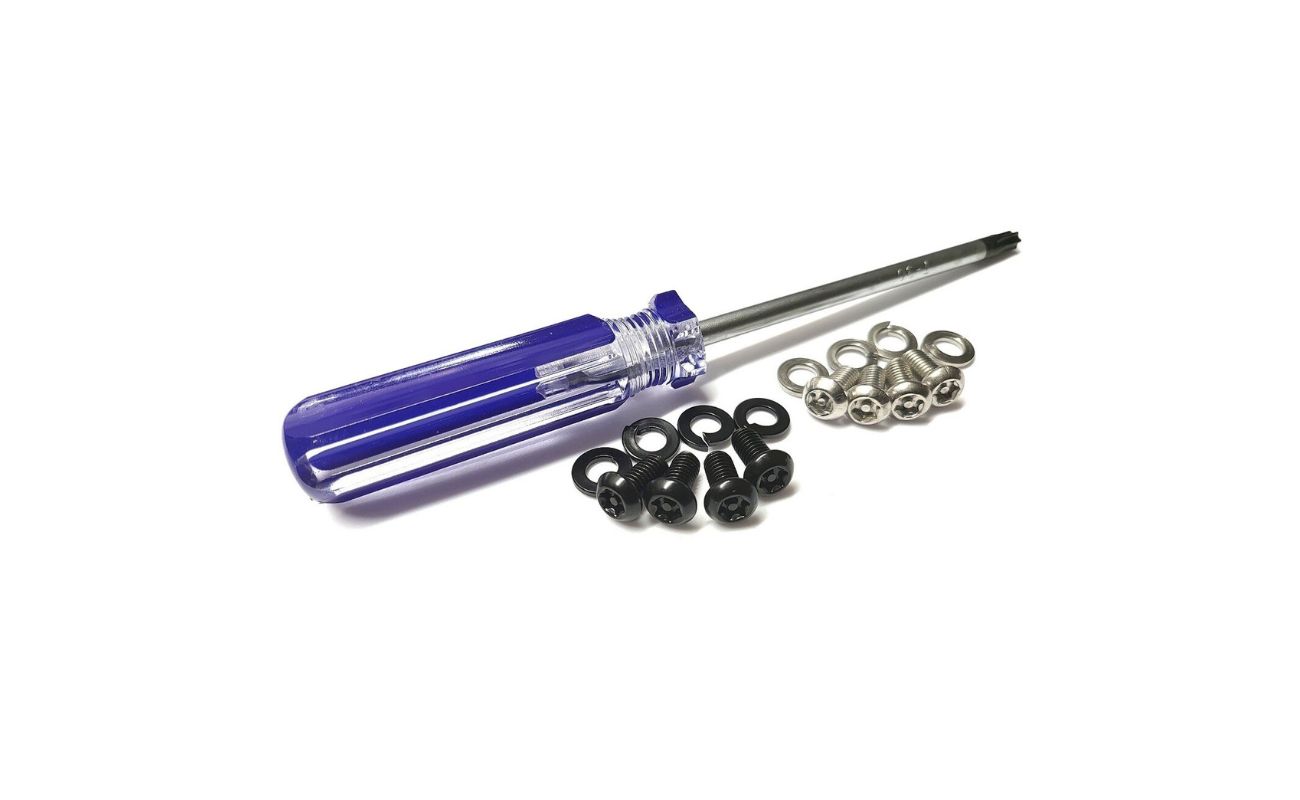
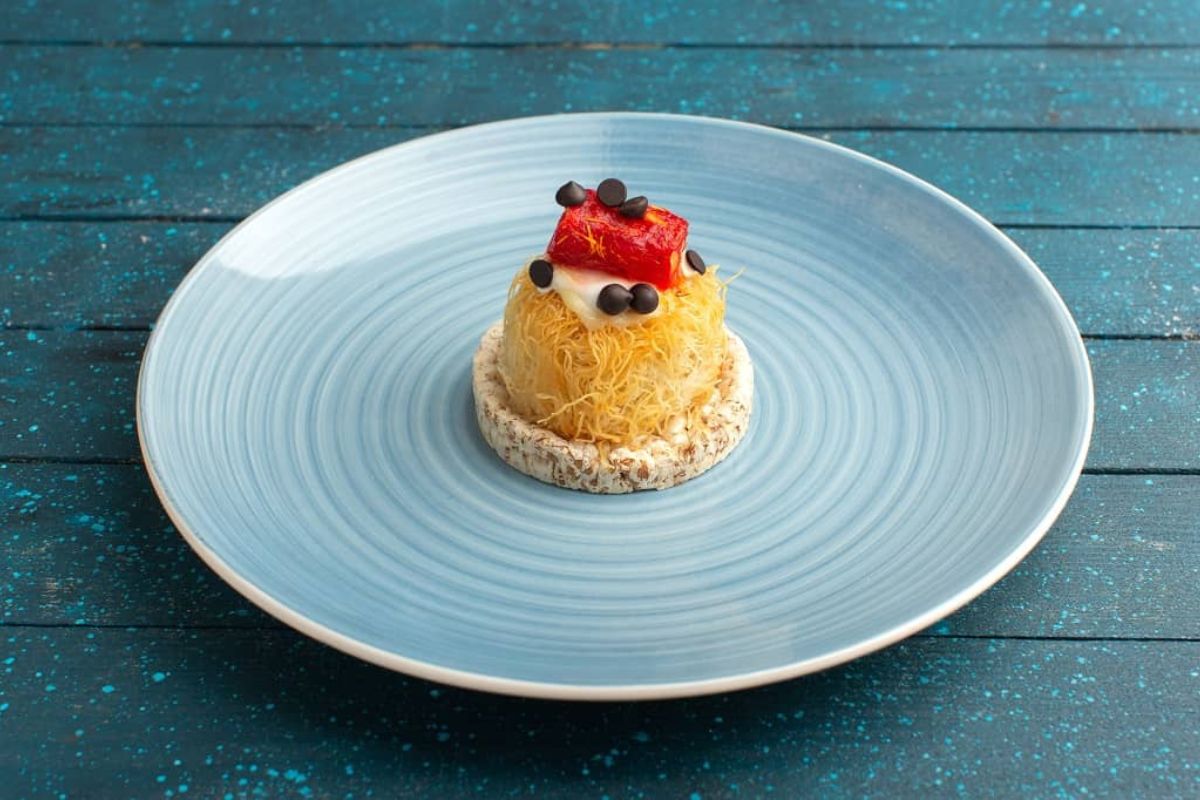
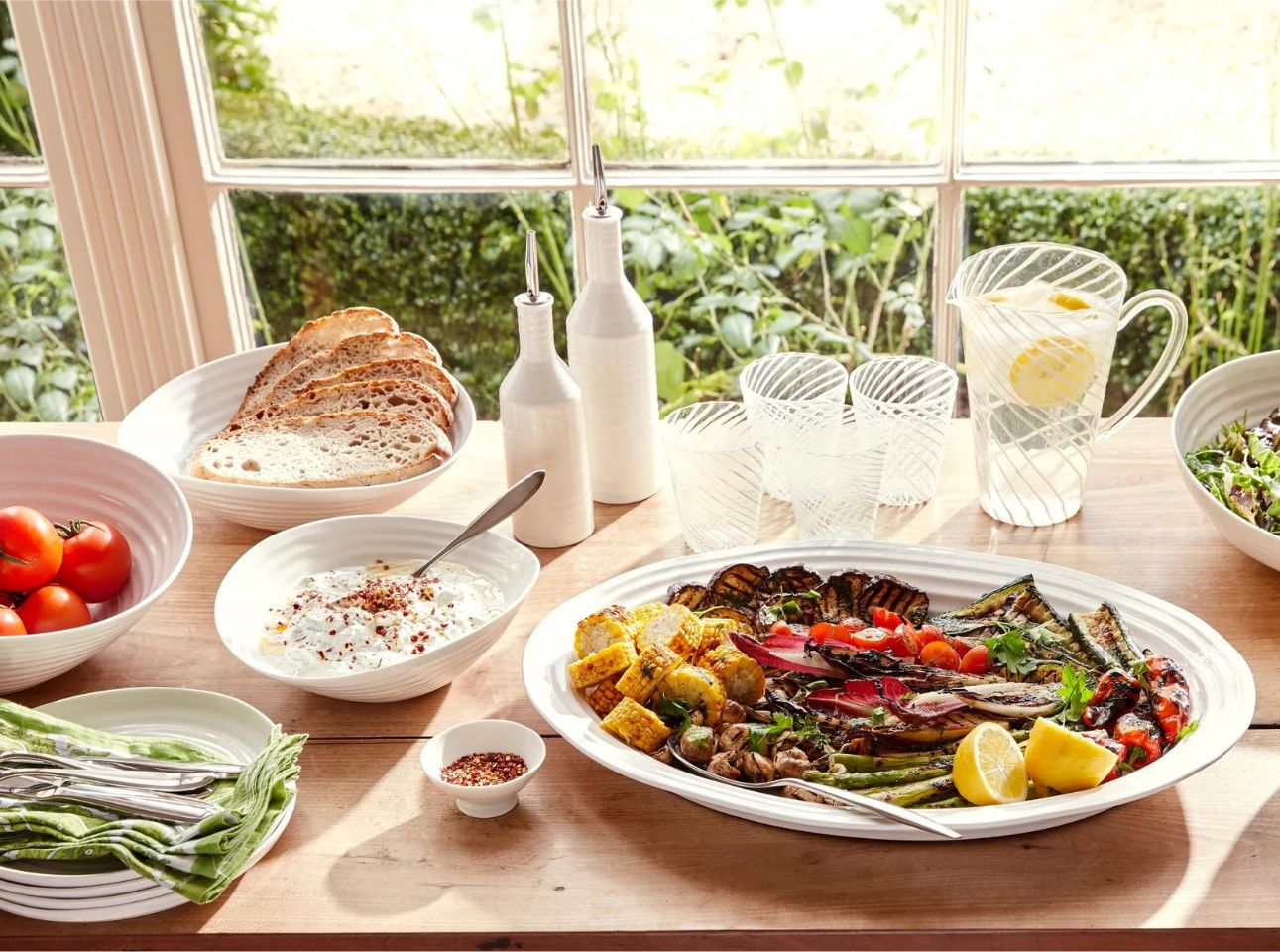
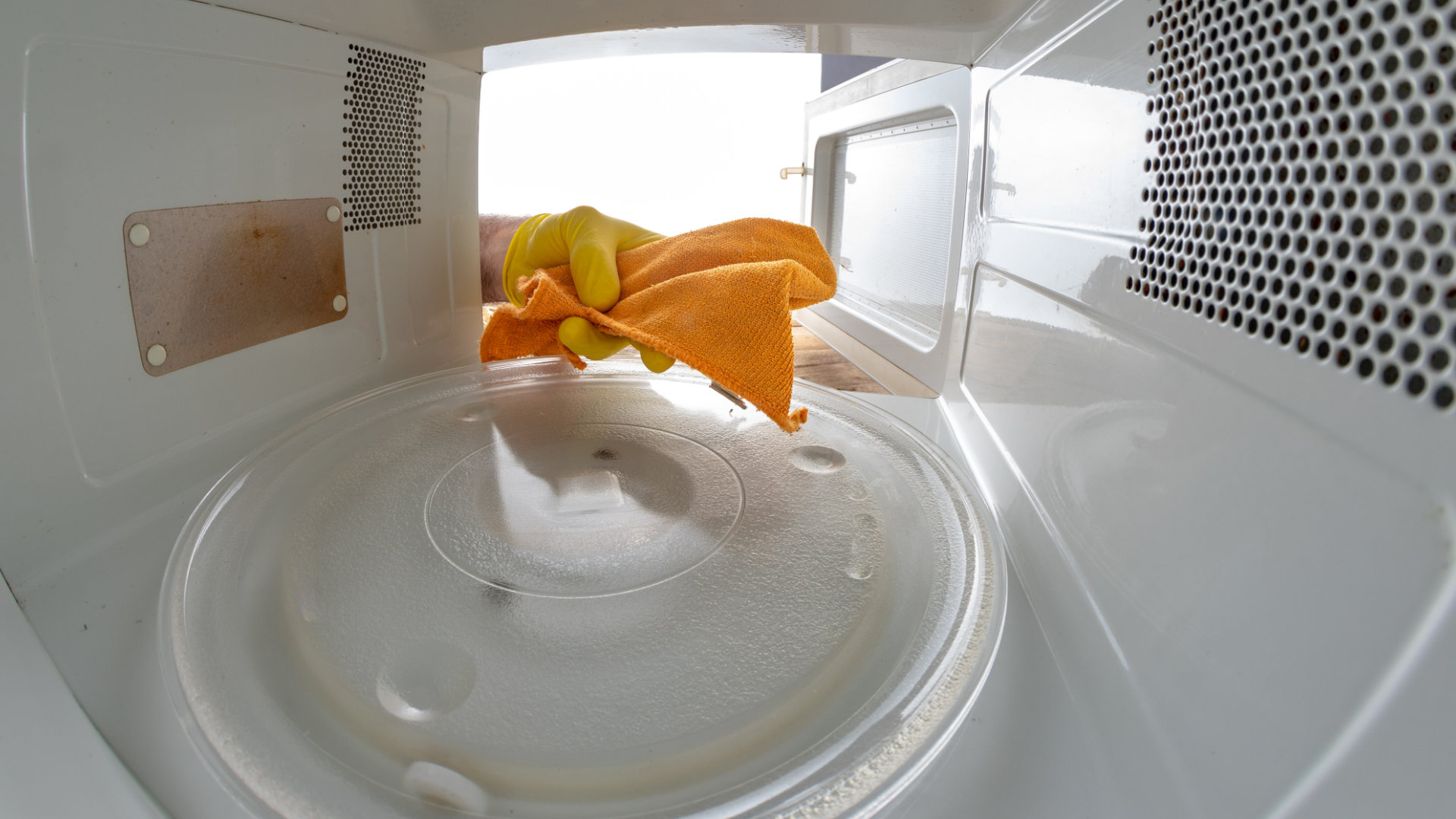
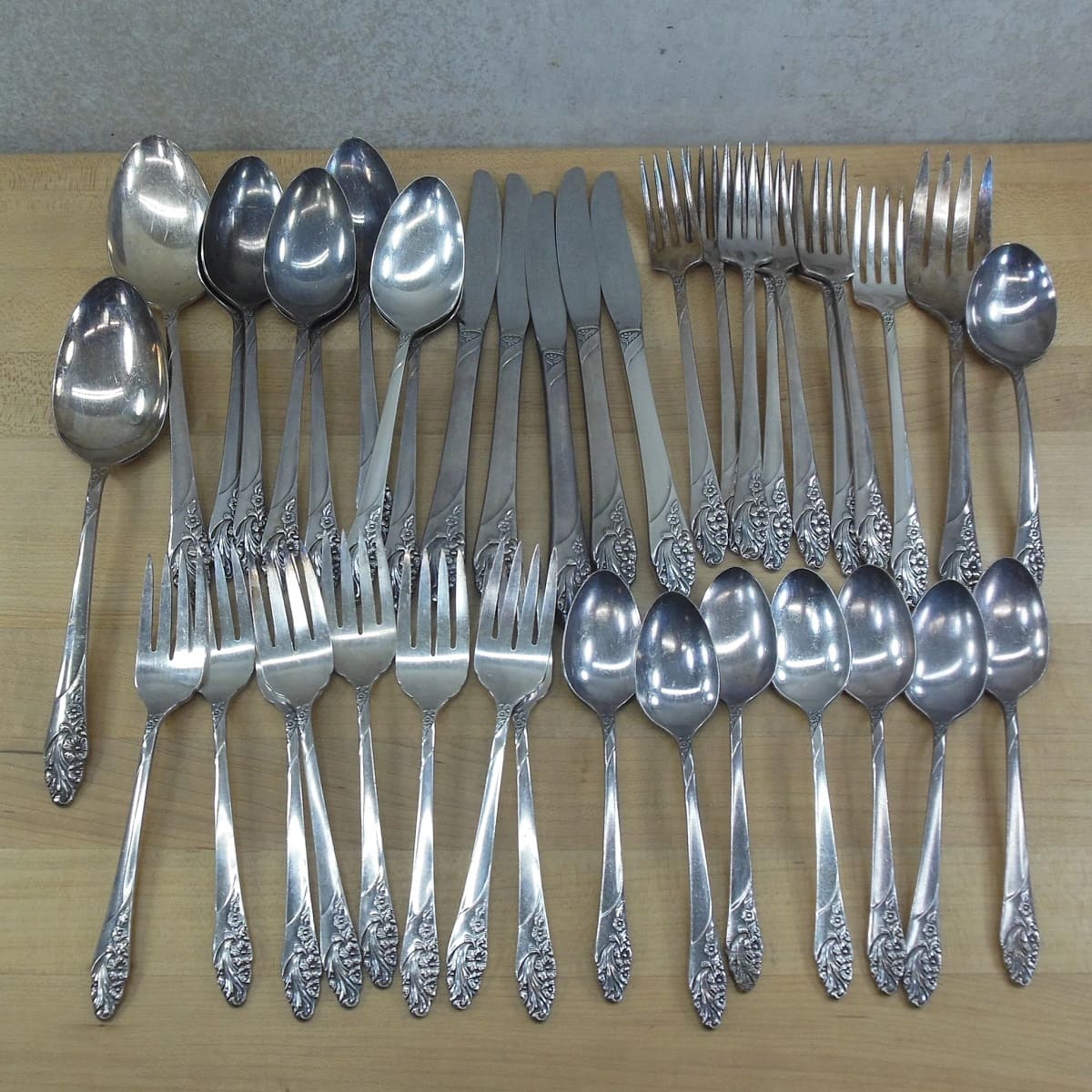
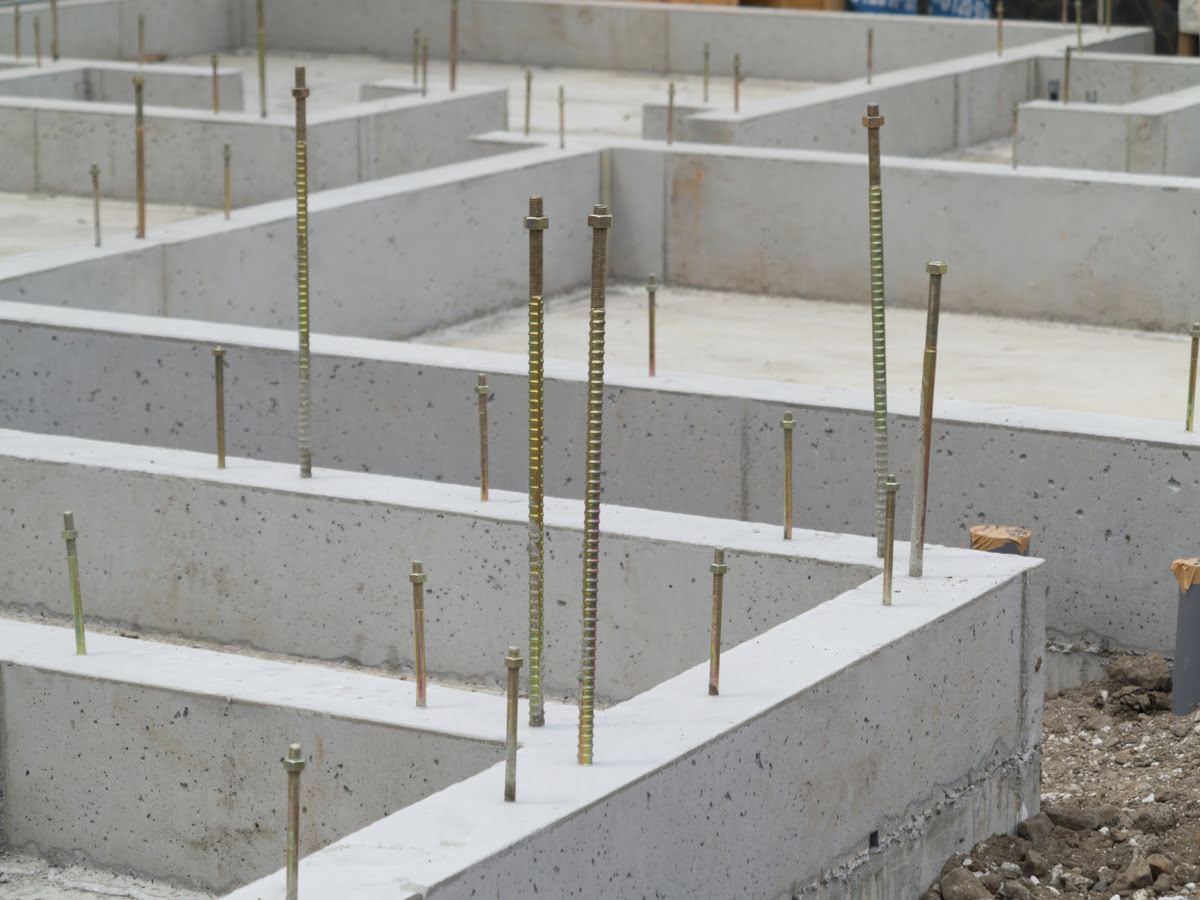
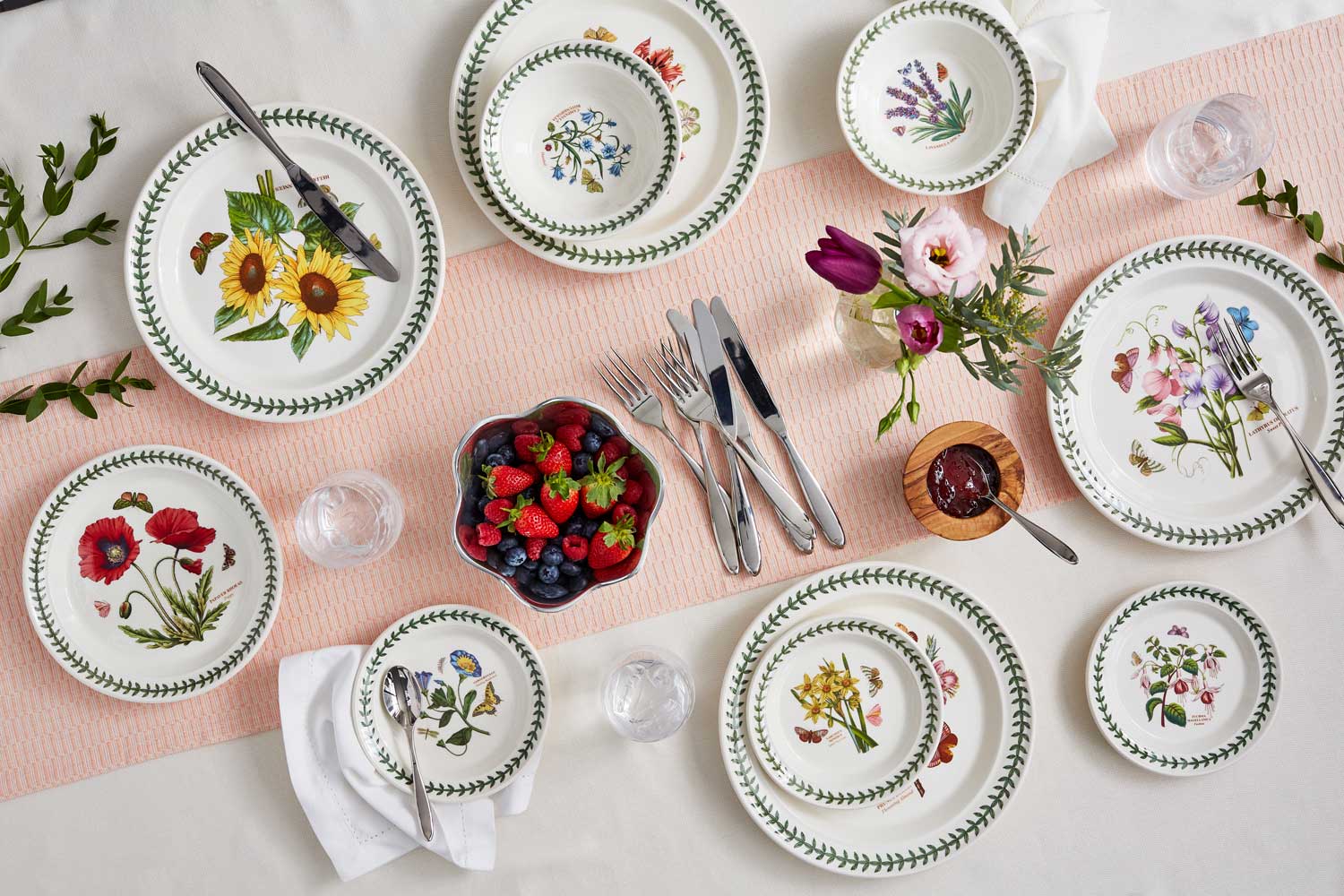
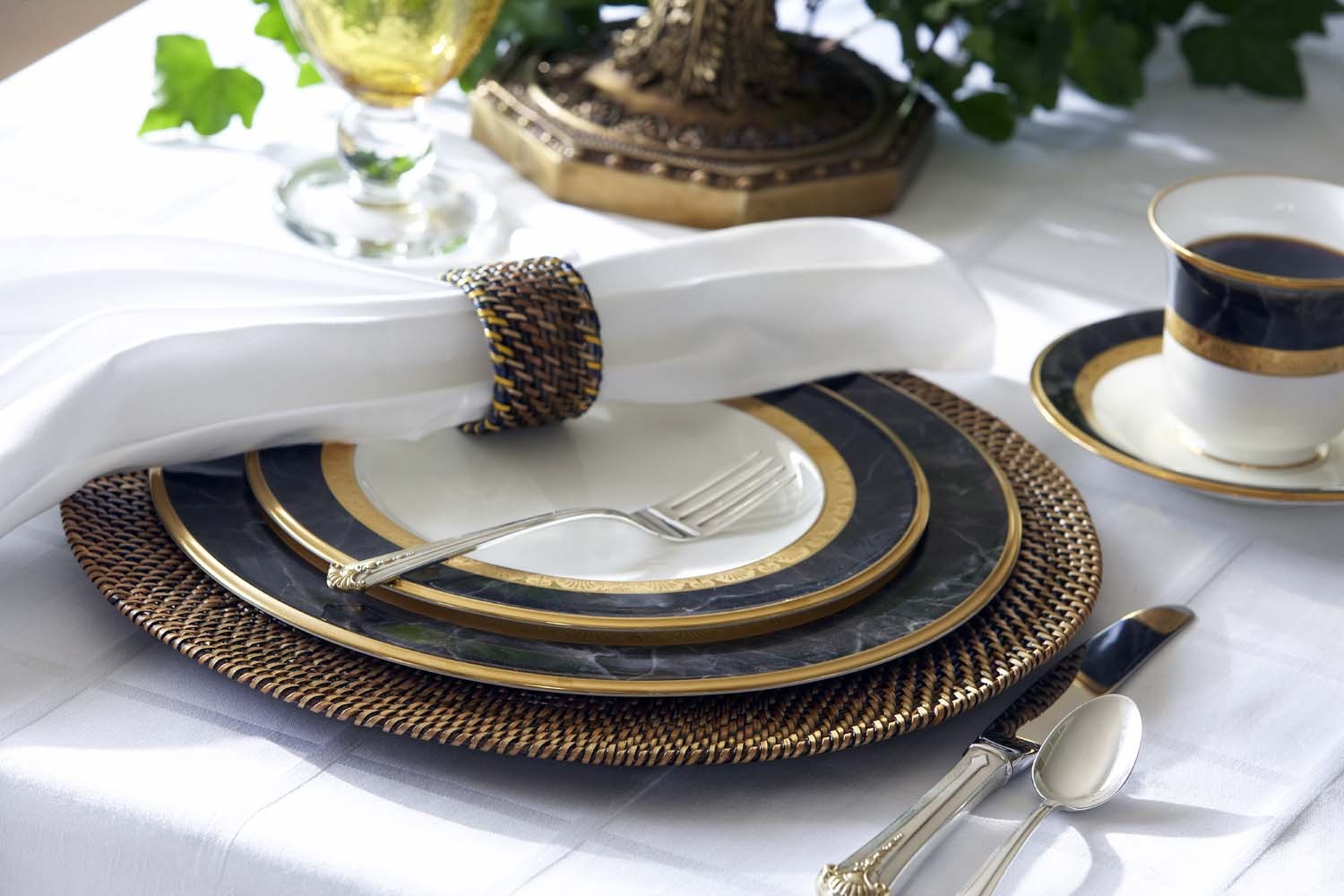
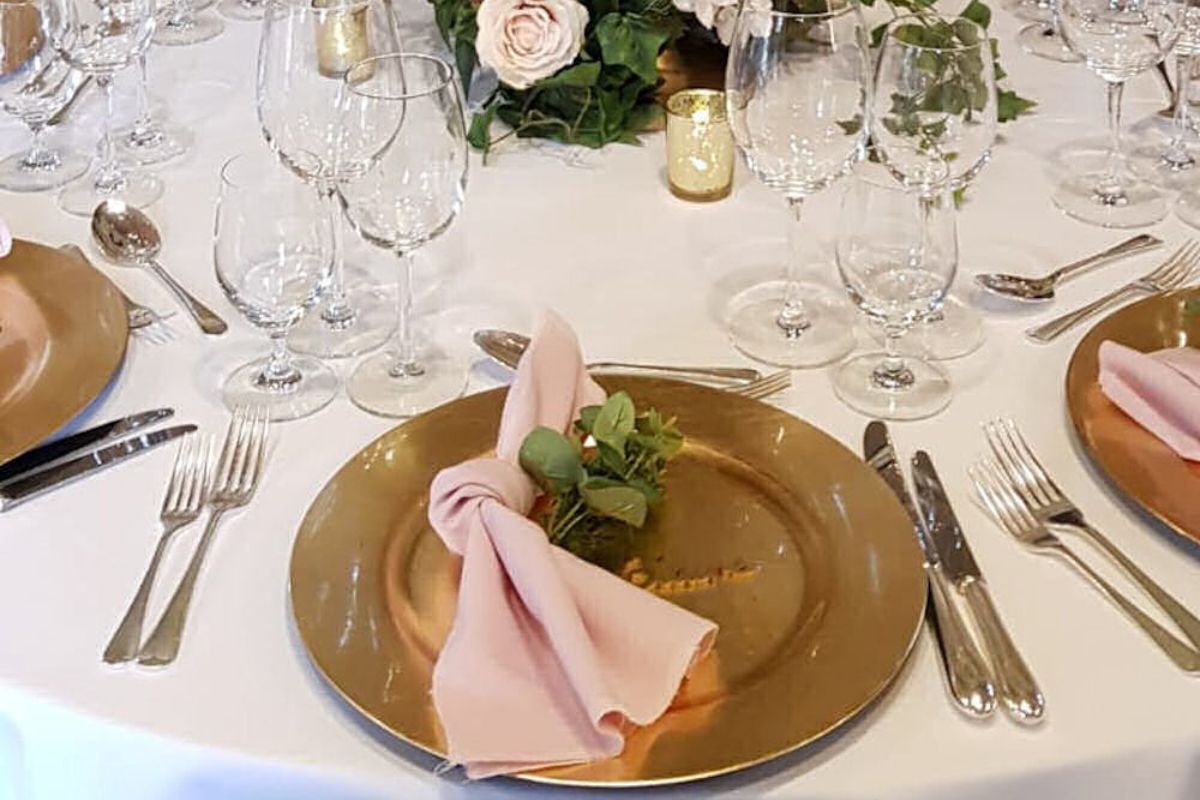
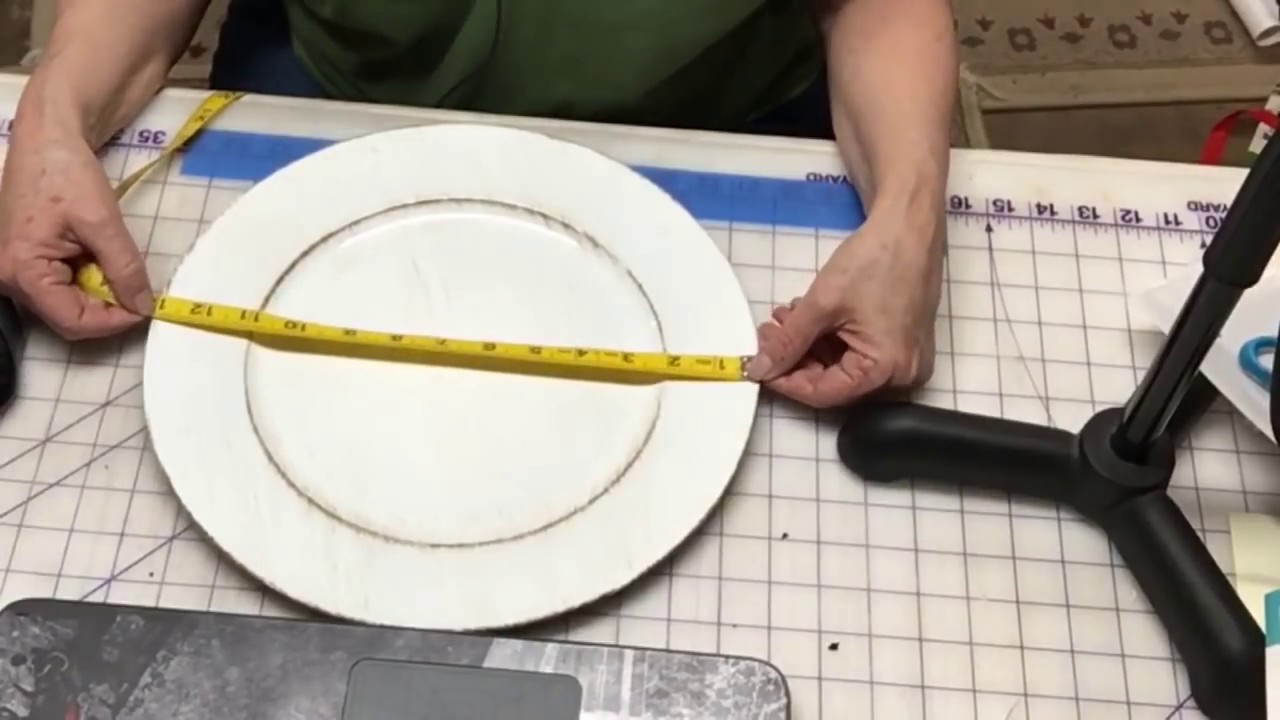
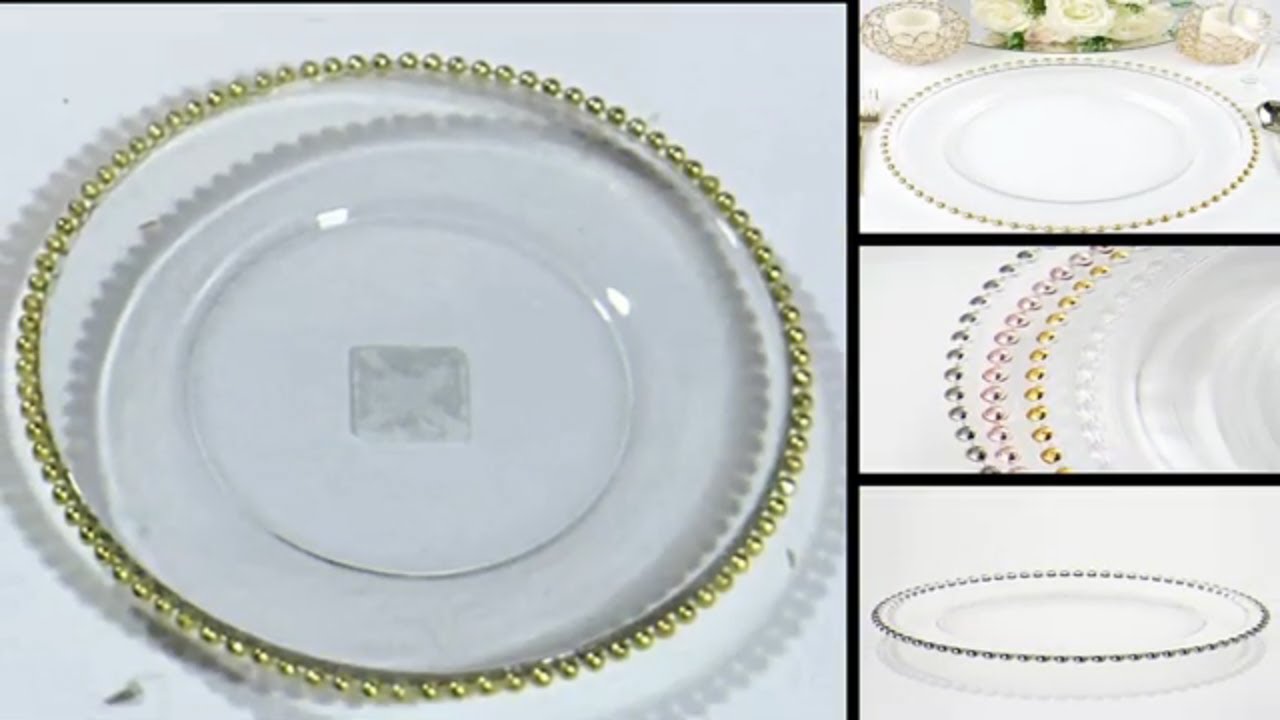
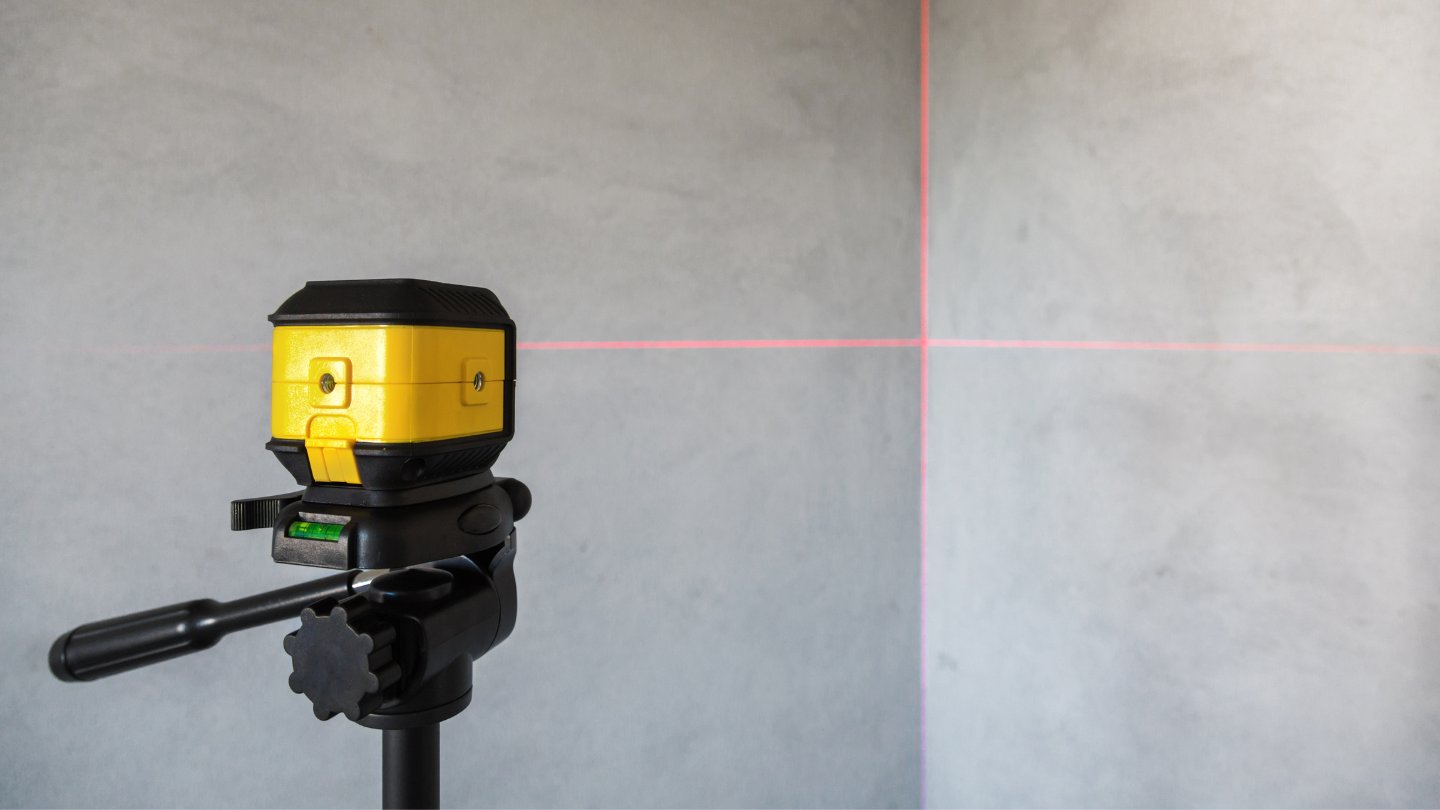
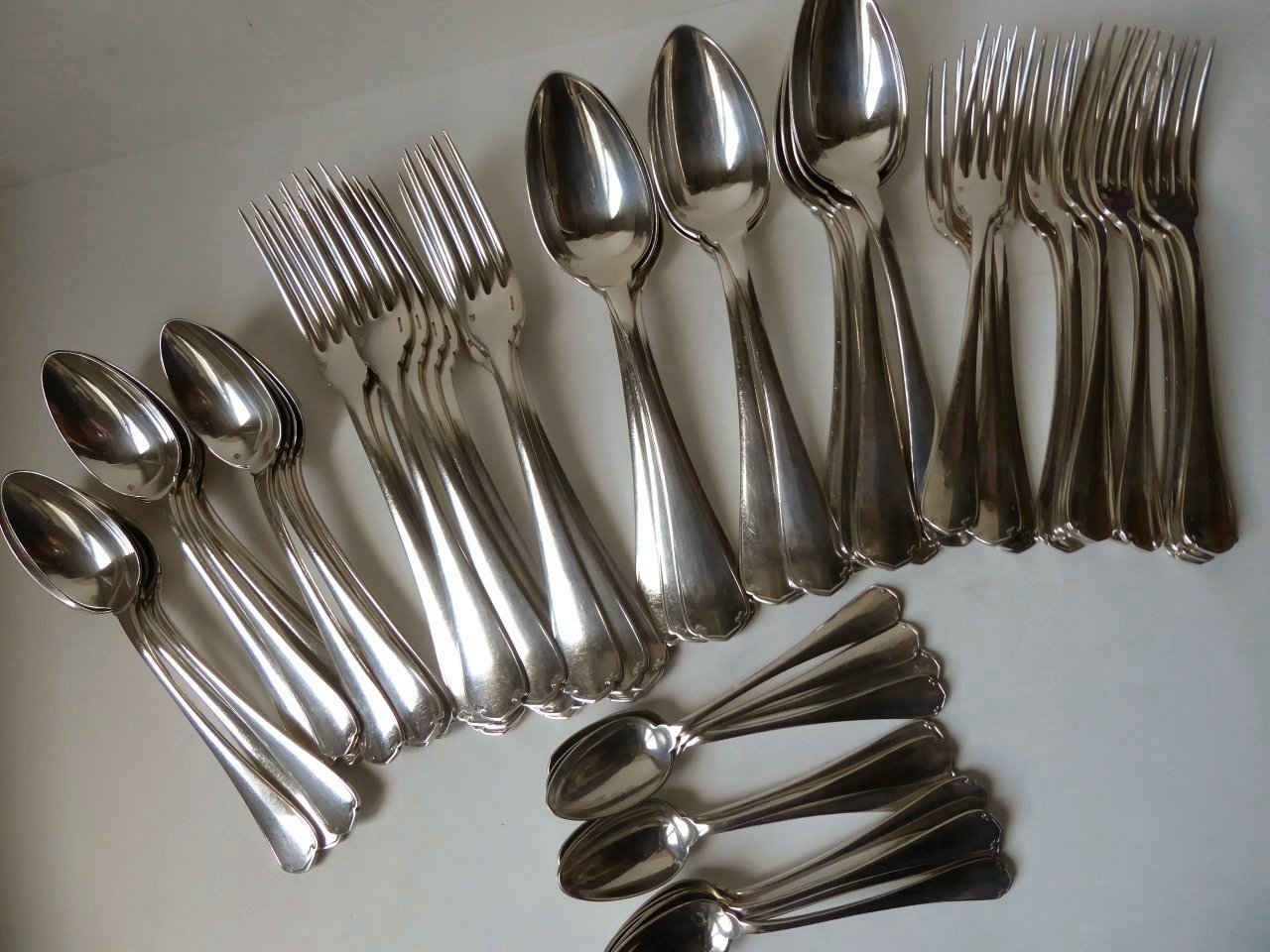

0 thoughts on “What Is Plate Glass”